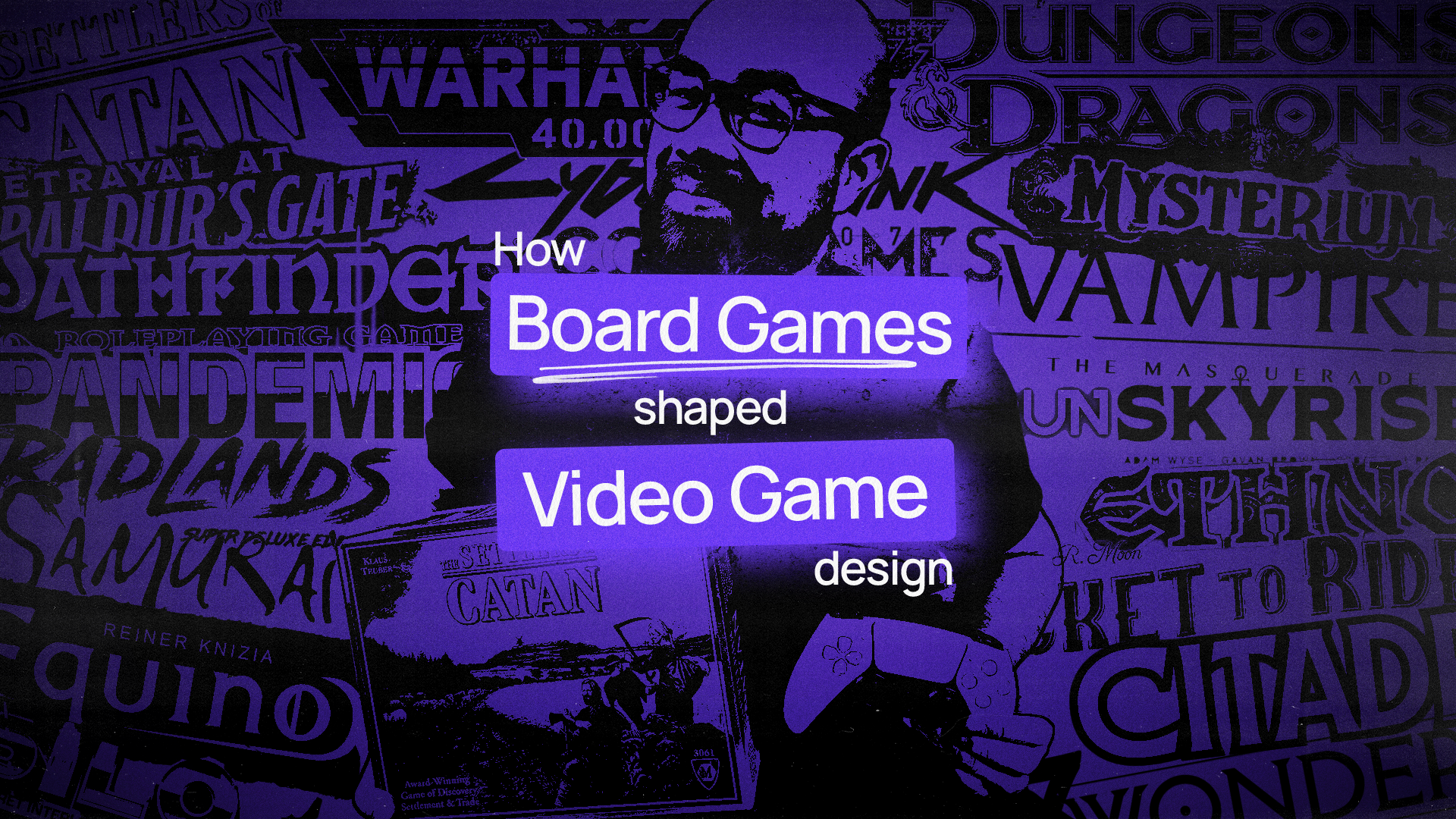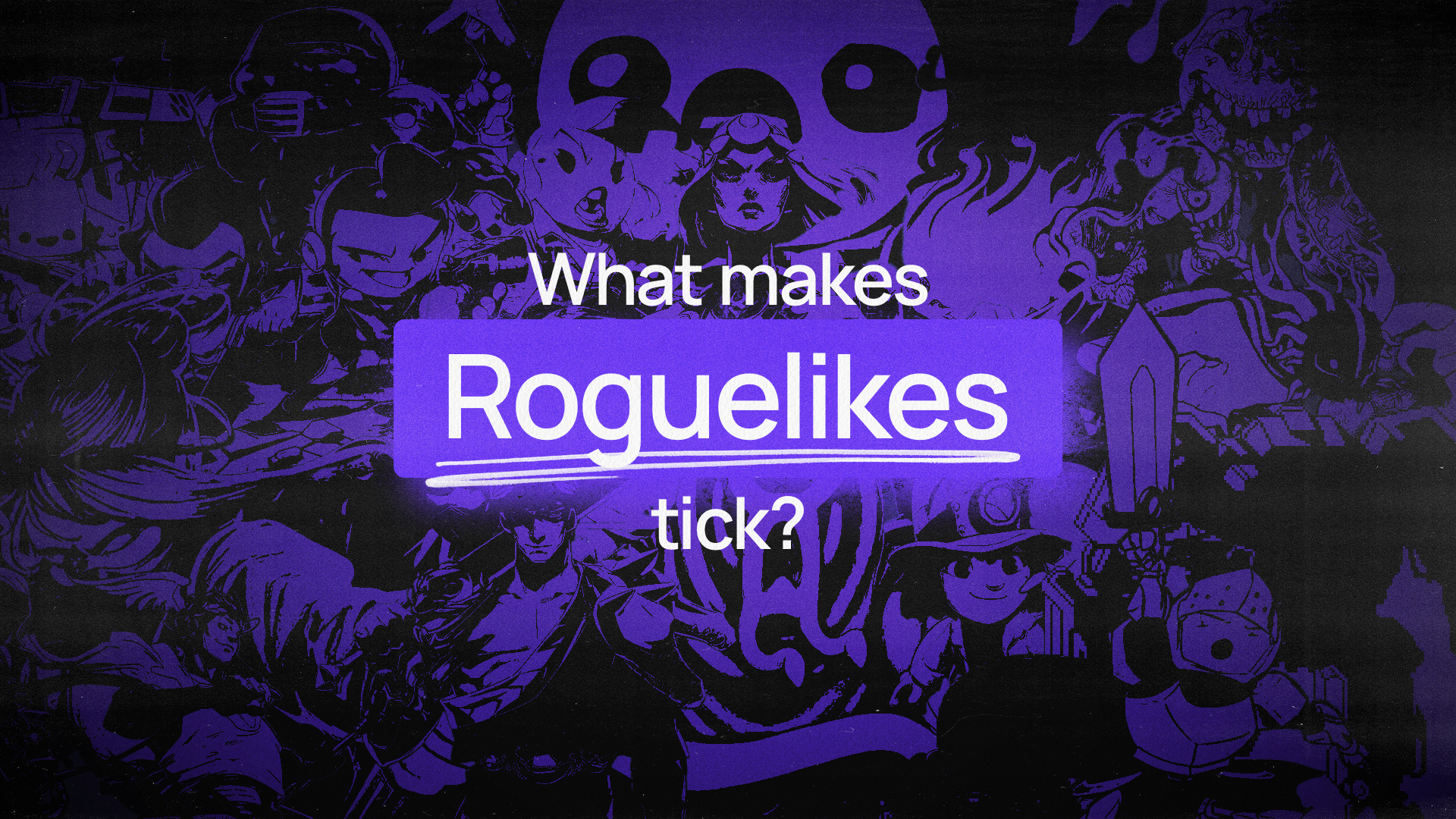Ideas
10 Minute Read
From Tabletop to Pixel: How Board Games Shaped Video Game Design

Board games have been part of human culture for thousands of years, shaping how we think strategically, interact socially, and entertain ourselves. From the ancient Royal Game of Ur (dating back to 2600 BC!) to modern classics like Monopoly and Settlers of Catan, tabletop games have always offered structured yet open-ended play experiences and, let’s be honest, the occasional friendship testing argument too.
When video games arrived in the 20th century, they didn’t appear from a vacuum, they borrowed heavily from the DNA of board games. Today, that influence is everywhere: in mechanics, storytelling, multiplayer experiences, and core design principles.
A shared origin story
The move from tabletop to screen wasn’t an abrupt jump; it was a slow evolution, shaped by developers who grew up with dice, tokens, and cardboard maps. Take Sandy Petersen, for instance, a legendary RPG designer who cut his teeth on games like RuneQuest before helping build digital classics like Doom and Age of Empires. His journey isn’t unique. Many early video games adapted core ideas straight from the tabletop.
Turn-based strategy games are a prime example. Chess and Risk, with their calculated pacing and tactical depth, laid the groundwork for digital counterparts like Civilization, XCOM, and Total War. The thrill of planning ten steps ahead, reacting to opponents, and adjusting strategy on the fly, all of that comes straight from the board.
Then there's Dungeons & Dragons (D&D), the ‘Daddy’ of all RPGs. Its mechanics, character stats, classes, experience points, random dice rolls, shaped entire genres. Today, whether you’re romping through Skyrim, navigating Baldur’s Gate, or praying your hit connects in Fallout, you’re walking in D&D’s footsteps.
Games like Monopoly didn’t just train us to hate rent, they paved the way for economic sims like SimCity and Cities: Skylines. Classic card games evolved too, morphing into digital formats like Solitaire, Poker, and more inventive hybrids like the BAFTA-winning Balatro. Deck-builders and collectible card games (CCGs) such as Hearthstone, Slay the Spire, and Marvel Snap all pull from the same well.
What’s the takeaway? Board games didn’t just inspire, they set the blueprint. 🎲♟️🐍🪜
-
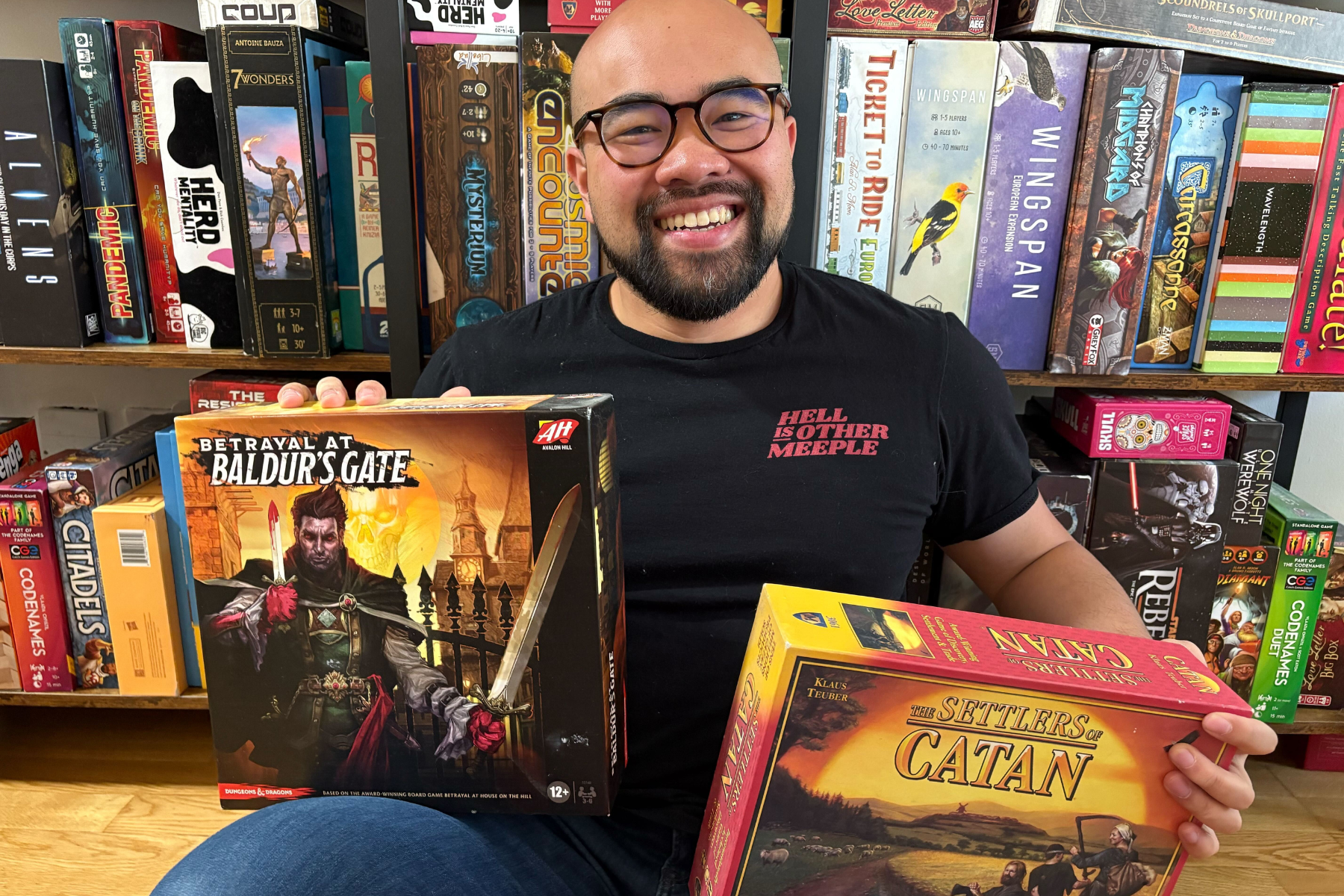
Our resident board game expert, Kai
-
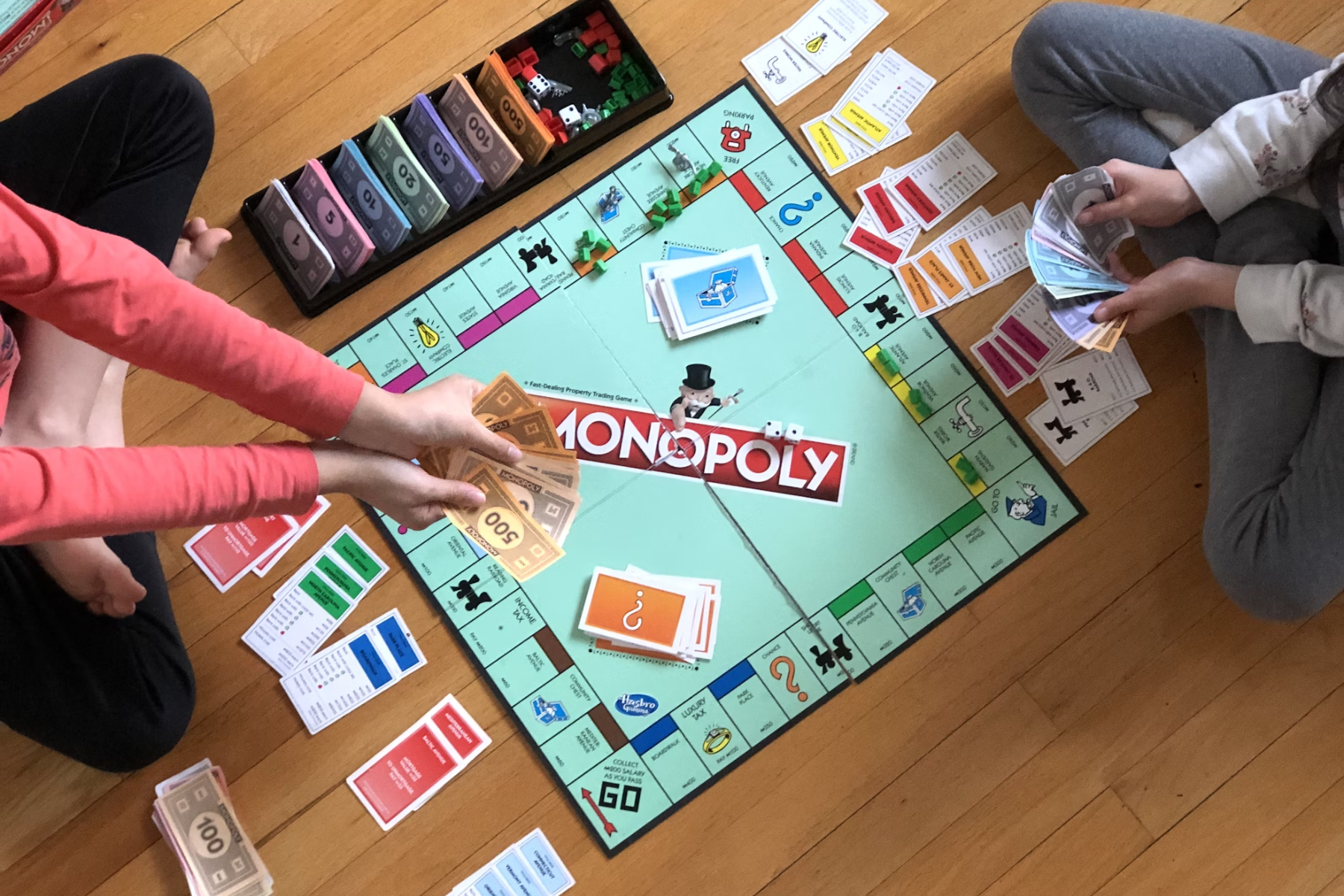
Monopoly didn’t just train us to hate rent
From imagination to epic storytelling
While many early board games focused purely on strategy, the storytelling potential really bloomed with narrative-driven games like D&D and Betrayal at House on the Hill. These titles invited players to shape characters, make decisions, and live out stories, an approach that inspired generations of video games.
Character progression, classes, levels, XP, all stems from tabletop RPGs. Early titles like Ultima and Wizardry adapted these ideas into code, eventually leading to juggernauts like Final Fantasy and The Witcher.
Board games that offered branching narratives, like Choose Your Own Adventure books or the absolutely epic Gloomhaven (yes, I’ve clocked over 100 hours in the digital version), showed that players could drive the story forward. That idea flourished in video games like Mass Effect, Disco Elysium, and Telltale’s The Walking Dead, where your choices shape entire worlds.
Taking ‘multiplayer’ to the world
Board games have always been about social interaction, whether it’s friendly rivalry or (in my case) not-so-friendly deception 🤥. Video games have replicated that experience, expanding it to local and global levels.
Party games like Mario Party and Among Us carry the spirit of board games right into your living room or online match. Co-op titles such as It Takes Two, Overcooked, and Left 4 Dead echo the teamwork and chaos of classics like Pandemic and Arkham Horror. They demand communication, coordination, and the occasional emotional breakdown.
And then there’s bluffing. Poker, The Resistance, and Werewolf are all about psychology; reading faces, hiding intentions, twisting words. That exact vibe lives on in digital games like Town of Salem, Poker Night at the Inventory, and Among Us. Though personally, I still prefer lying to my friends in person. It just hits different 😈.
-
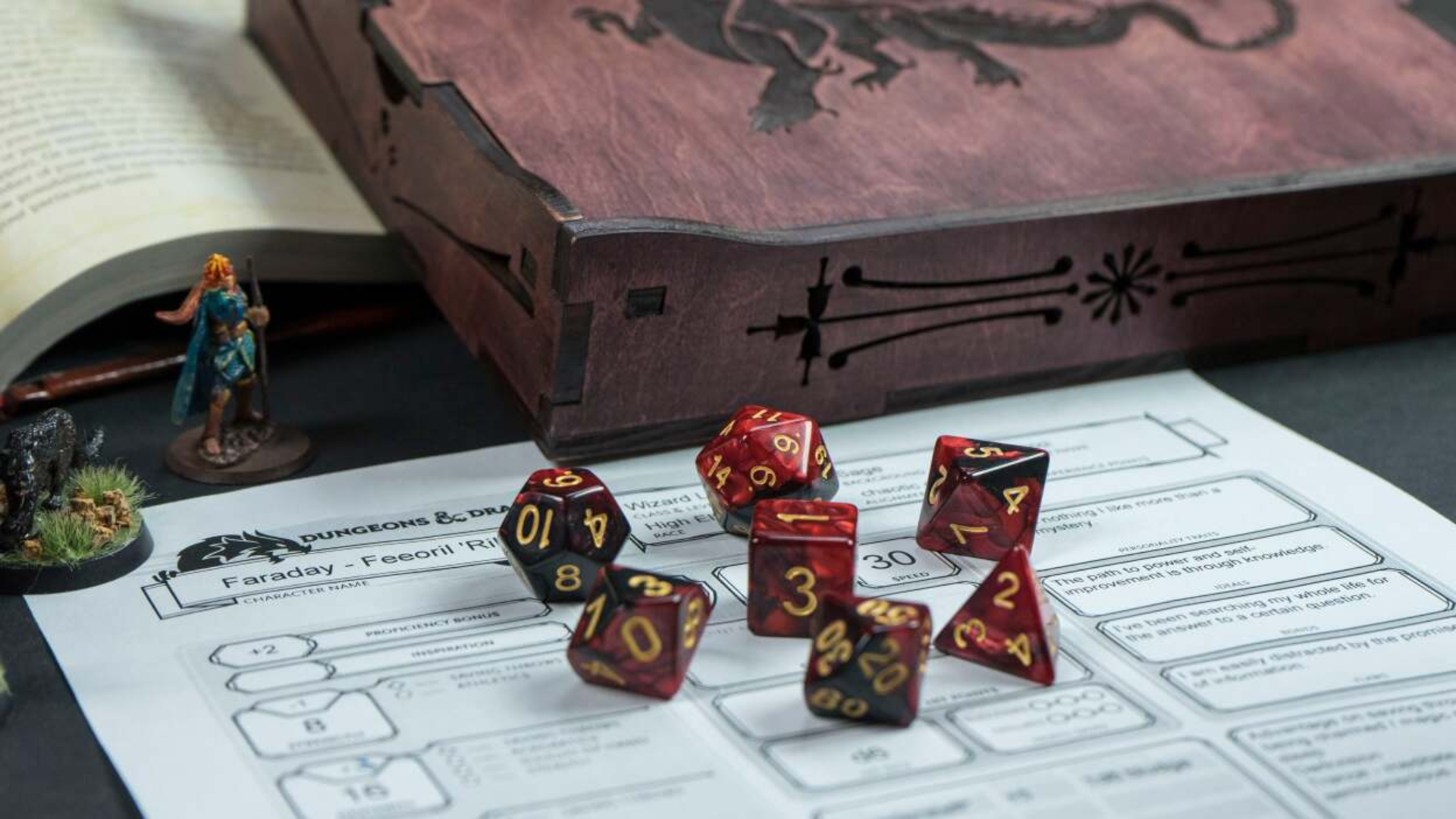
Dungeons & Dragons (D&D), the ‘Daddy’ of all RPGs
-
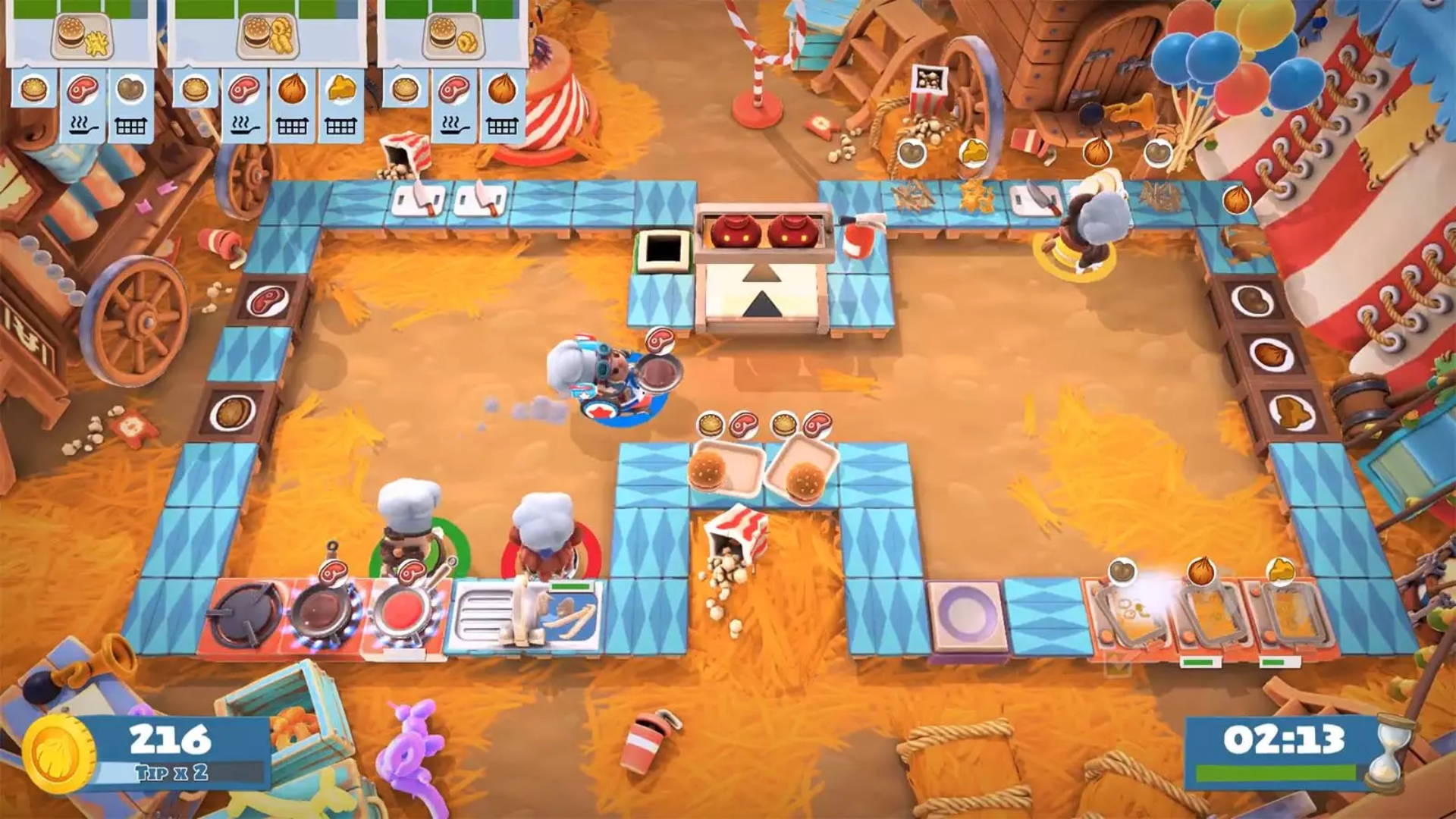
Teamwork and chaos in Overcooked
The evolving art of game design
Beyond mechanics and themes, board games helped shape how video games are designed. That’s especially clear in areas like replayability, balance, and structure.
Replayability is a huge deal. Board games achieve it with randomized setups, varied outcomes, and emergent play. Video games took that lesson and ran with it, especially in roguelikes like Hades, The Binding of Isaac, or sandbox giants like Minecraft and Terraria.
Balancing complexity and accessibility is another shared challenge. A good board game is easy to learn, but hard to master just like successful video games. Take Hearthstone or League of Legends: they welcome newcomers but offer insane depth (and yes, I’m a Hearthstone Legend player, top 0.5%, thank you very much 👑).
Even things like tutorial systems and UI design mirror the way board games present information; clearly, concisely, and with a sense of structure. Game devs, like tabletop designers, need clear rules, systems, and feedback loops.
Hybrid games and the future of play
As technology advances, the line between board games and video games continues to blur. We’re now seeing full-on hybrids that combine the best of both worlds.
Digital versions of classics like Carcassonne, Ticket to Ride, and Wingspan bring the tabletop experience to screens with style. Platforms like Tabletop Simulator and Board Game Arena recreate physical play online, letting you roll dice and flip cards with friends across the globe.
Some video games directly integrate board game mechanics. Slay the Spire, Inscryption, and Dicey Dungeons combine deck-building and turn-based strategy in digital formats. Meanwhile, AR and VR tech are merging the physical and digital even further—just look at Catan VR, where you can stare down opponents in virtual space, offer them a handful of your wood while still planning your hex-based longest-roaded empire!
-

Hearthstone welcomes newcomers but offers insane depth
-

Board games are even making it into VR
The last roll of the dice
Board games and video games are two sides of the same coin or maybe two meeples on the same board. From mechanics and narrative to social play and design theory, board games laid the foundation for so much of what we love in digital gaming today.
As the industries continue to merge, I couldn’t be more excited. Whether we’re gathered around a kitchen table or connecting across servers, the spirit of play stays the same. I’ll see you there, dice in one hand, controller in the other.
Related Articles
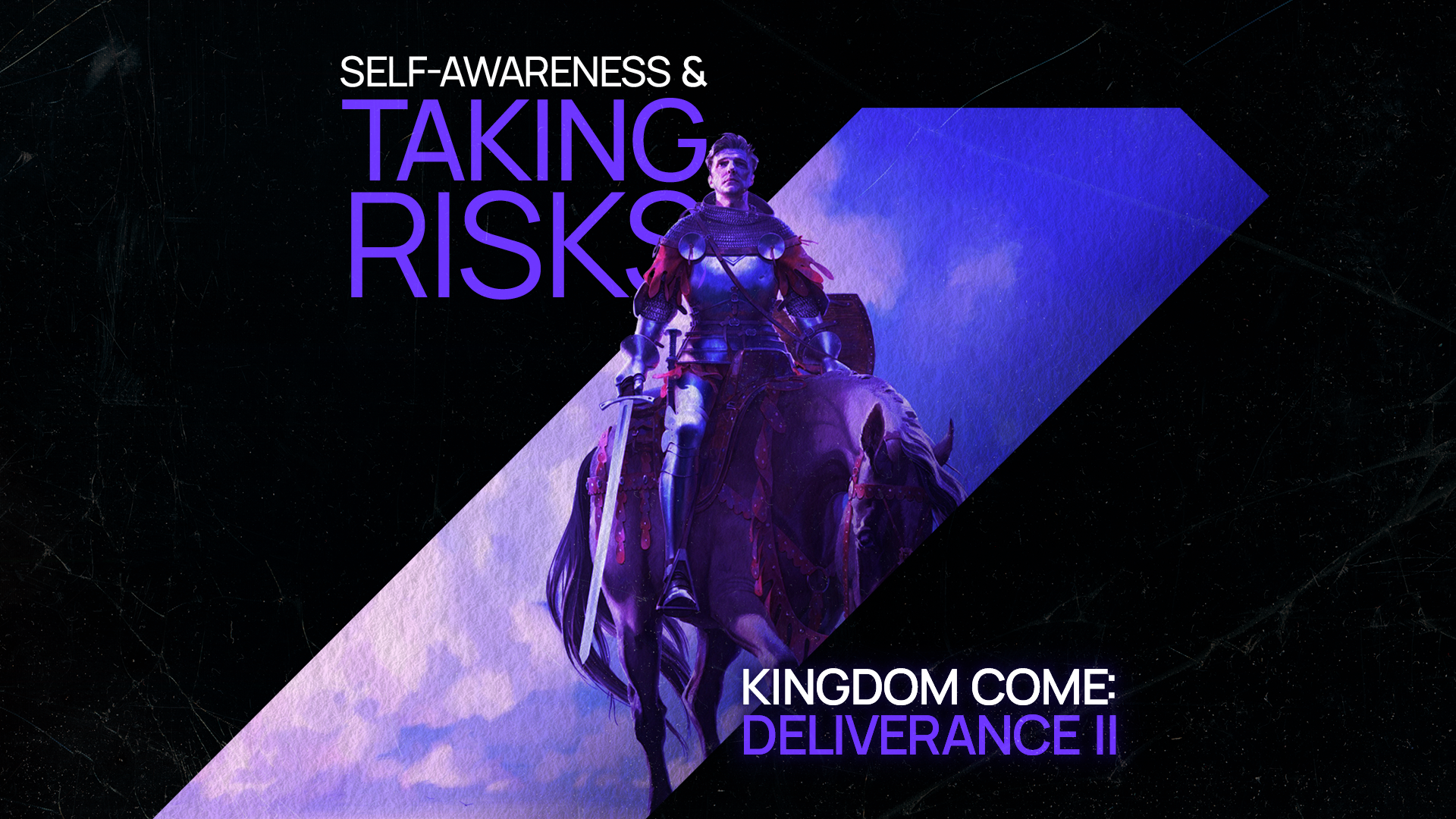
New Work
Self-Awareness and Taking Risks: Kingdom Come: Deliverance 2’s Social Media Success
KCDII has ridden a wave of social media success up to and beyond its release, thanks to the campaign’s willingness to double-down on the game’s identity, embrace the tone of internet culture, and do all this in a polished manner...
Sam Polti,
Senior Conceptual Copywriter15 Minute Read
